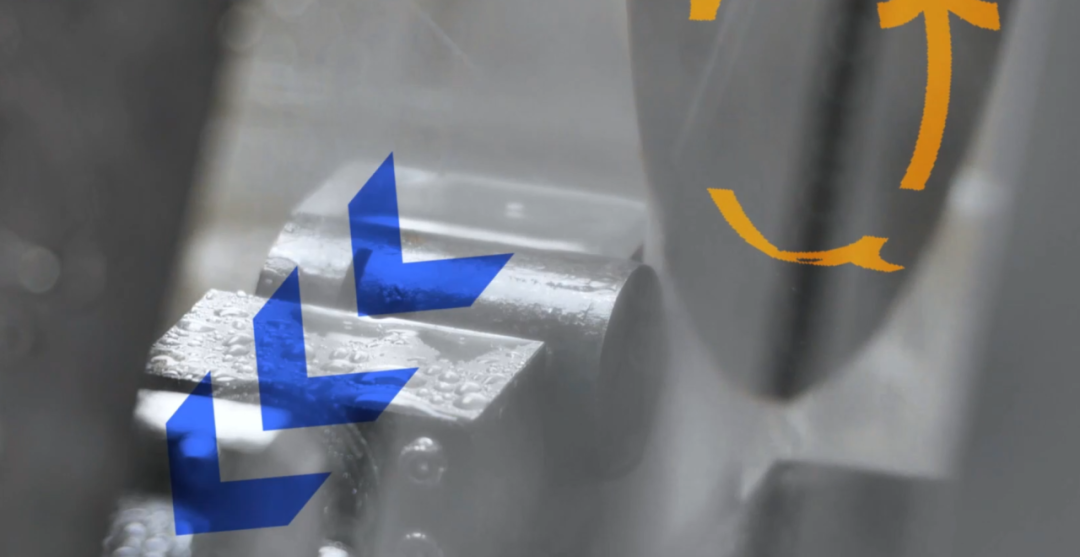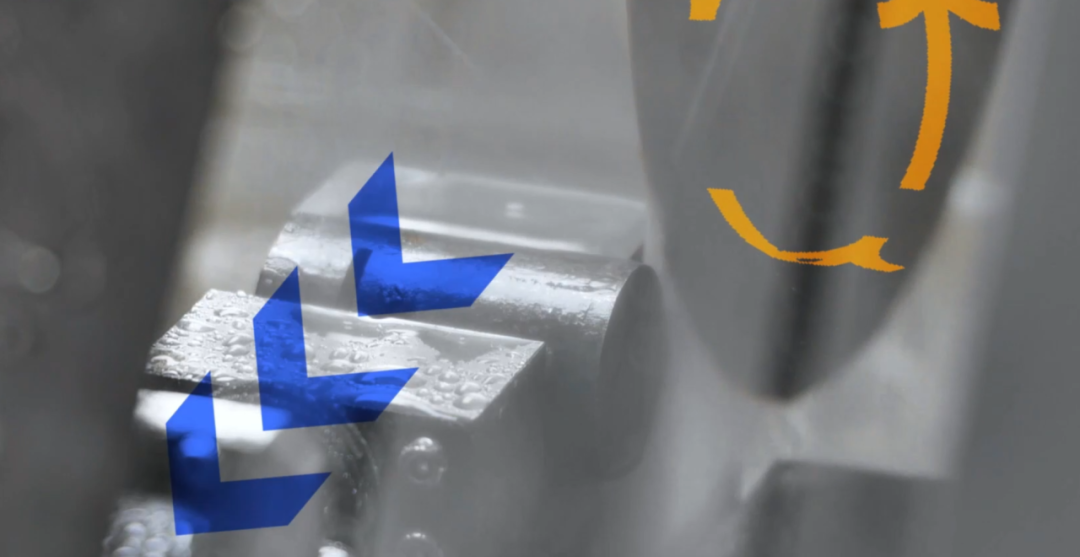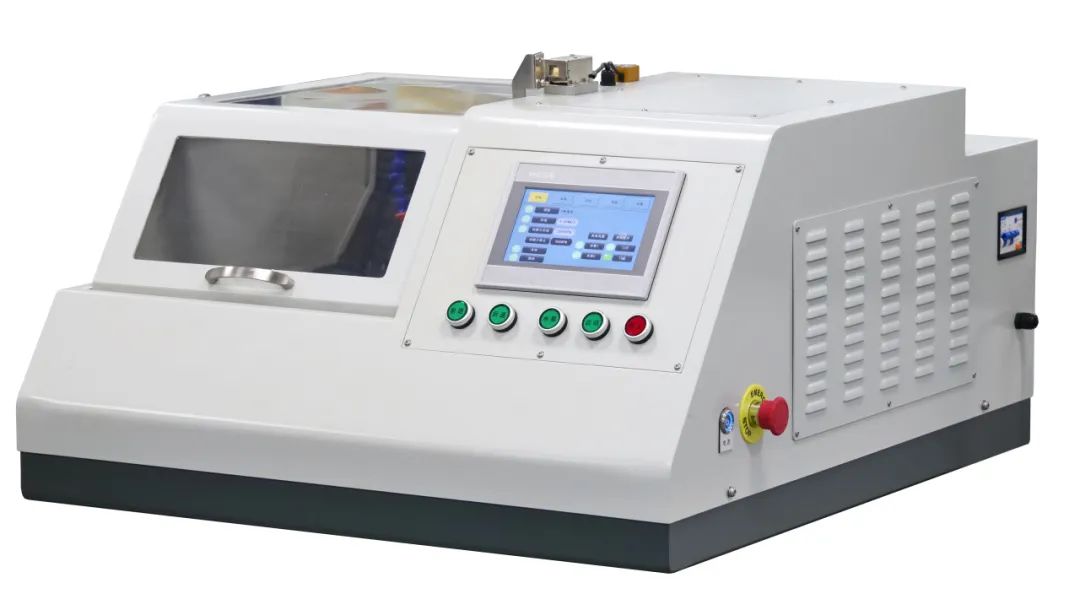LATEST NEWS
Press releases & Product news
A complete analysis of metallographic sample cutting methods
2025-06-18

In the preparation process of metallographic samples, cutting is the first and most important step. Different cutting methods will directly affect the quality of the sample and the accuracy of subsequent analysis. Today, we will analyze in detail several common metallographic sample cutting methods to help you choose the most appropriate method according to material characteristics and experimental requirements!

1. Wet grinding wheel cutting
Applicable materials: high-hardness metals (such as hardened steel, titanium alloy)
Features:
Using high-speed rotating grinding wheel for cutting, assisted by high-pressure cooling water for cooling, with little thermal damage.
The depth of the deformation layer is low (about 15μm for ordinary type, and as low as 5μm for precision type).
Fast cutting speed and low cost, suitable for routine laboratory use.
Advantages: Taking into account both efficiency and precision, it is an ideal choice for most metal materials.
2. Wire EDM
Applicable materials: carbide, complex shape specimens
Features:
Metal is removed by discharge of electrode wire with extremely high precision.
The deformation layer is about 50μm, but the cutting speed is slow.
The equipment cost is high and the electrode wire needs to be replaced frequently.
Applicable scenarios: Suitable for cutting superhard materials or complex shapes with extremely high precision requirements.
3. Laser beam cutting
Applicable materials: thin specimens, non-metals or low melting point metals
Features:
High-energy laser melts metal, with a large heat-affected zone (deformation layer of about 500μm).
May change material structure, poor economic efficiency.
Note: Applicable to thin specimens or micro specimens that are not sensitive to thermal damage.
4. Plasma arc cutting
Applicable materials: Rough processing of large-sized samples
Features:
High-temperature plasma arc cutting, fast speed but severe thermal damage (deformation layer up to 1500μm).
Only suitable for pretreatment, subsequent fine processing is required.
Applicable scenarios: Suitable for fast cutting of large-sized samples with low precision requirements.
5. Sawing
Applicable materials: low-carbon steel, nonferrous metals and other low-hardness materials
Features:
Mechanical sawing, deformation layer of about 200μm, poor precision.
Low cost, but requires subsequent grinding.
Applicable scenarios: occasions with limited budget and low precision requirements.
6. Hammering method
Applicable materials: brittle materials such as white cast iron and ceramics
Features:
Zero equipment cost, directly crush and select fragments for inlay.
Unable to control accuracy, only applicable to specific materials.
Note: Only as an alternative for special cases.
Choosing the right cutting method can make metallographic preparation more efficient! As a professional metallographic sample preparation equipment manufacturer, LABTT has launched a variety of cutting equipment for different material properties and experimental requirements, covering all-scenario applications from conventional laboratories to high-end scientific research, providing a full range of solutions.



